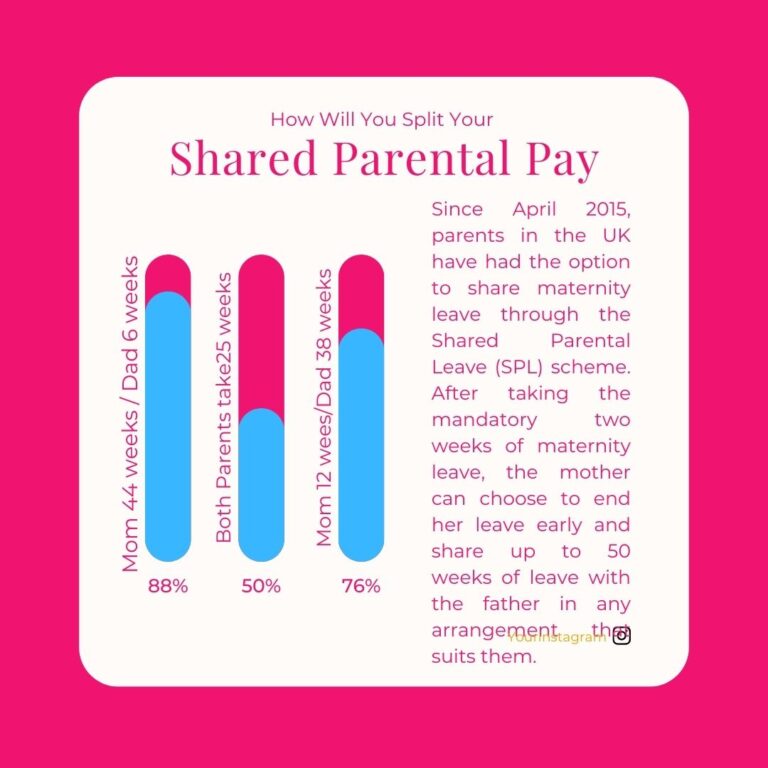Welcoming a new baby is an exciting (and often exhausting) time, and for many UK families, balancing work and childcare can be a real challenge. That’s where Shared Parental Leave (SPL) comes in — a government policy designed to give parents more flexibility in how they share time off work after the birth or adoption of a child.
In this blog post, we’ll break down what SPL is, who’s eligible, how it works, and why it might be the right choice for your family.
What is Shared Parental Leave?
Shared Parental Leave allows eligible parents to share up to 50 weeks of leave and 37 weeks of statutory pay following the birth or adoption of a child. It’s designed to give families more choice in how they care for their child during the crucial first year.
Instead of the traditional model where one parent takes most of the leave (usually the mother), SPL enables both parents to take time off — either at the same time or at different times.
Who’s Eligible?
To qualify for SPL, both parents must meet certain eligibility criteria:
The birth or adoptive mother (or primary adopter) must:
- Be entitled to maternity/adoption leave or pay (or Maternity Allowance).
- Share responsibility for the child with the other parent.
The partner must:
- Be an employee (not just a worker) with at least 26 weeks of continuous employment by the end of the 15th week before the due date or adoption match.
- Still be employed when the leave is due to start.
- Earn at least £125 per week (as of 2025–26) on average.
How Does It Work?
Here’s a simplified example:
- The mother takes the first 2 weeks of compulsory maternity leave.
- She then ends her maternity leave early and opts to share the remaining leave as SPL.
- The parents then decide how to divide the remaining 50 weeks of leave and 37 weeks of pay.
Parents can take SPL:
- Simultaneously (both off work at the same time).
- Separately (taking turns to care for the baby).
- In blocks (returning to work and then taking more leave later).
This flexibility is one of the scheme’s biggest advantages.
Pay During Shared Parental Leave
Eligible parents can receive Statutory Shared Parental Pay (ShPP), which is:
- £187.18 per week (as of 2025–26) or
- 90% of your average weekly earnings (whichever is lower).
Some employers offer enhanced parental pay, so it’s worth checking your company’s policy.
Why Consider Shared Parental Leave?
- More equality: It promotes a more equal division of childcare and can help close the gender pay gap.
- More involvement: Non-birthing partners get the chance to bond early with their child.
- More flexibility: You can plan leave around what works best for your family — whether that’s taking time together or in turns.
Challenges and Considerations
- Awareness: Many parents aren’t aware SPL exists or how it works.
- Financial impact: Statutory pay may not be enough for some families.
- Employer support: Not all employers offer enhanced pay or are equally supportive of SPL requests.
It’s essential to plan ahead, talk to your HR department, and consider what works best both financially and practically.
Final Thoughts
Shared Parental Leave offers a modern, flexible approach to parental leave in the UK. While uptake has been relatively low since its introduction in 2015, it’s slowly gaining traction — especially as attitudes toward shared parenting evolve.
If you’re expecting or planning to adopt, have the conversation early. SPL might be the key to a more balanced and rewarding start to family life.

